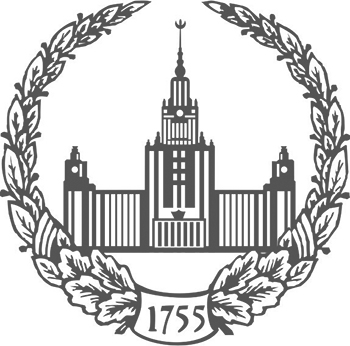
-
Mobile Network Youth Museum of Moscow University: Outlines of the Concept and Principles of Development at the Stage of FormationMoscow University Bulletin. Series 8: History 2024. N 3. p.3-26read more533
-
The authors are developing a program to engage university students and schoolchildren in the study and preservation of natural and cultural heritage through museum exhibitions and scientific and educational collections. They are also advancing interactive methods for engaging visitors to university natural science museums. In addition to operating a youth university museum, the project involves creating and developing a prototype of a comprehensive youth museum on the Moscow State University campus, within the university community, with extensive integration of youth social groups — schoolchildren, students, young scientists, youth sections, and science-oriented public organizations. The Youth Museum project, part of the Moscow State University Development Program, aims to formulate a concept for its creation by testing operational mechanisms at university sites. The museum is envisioned as a mobile-networked entity integrated into the system of scientific and educational organizations. It will offer a creative space for youth within the museum setting, develop a network of interactive platforms, and involve both organizers and visitors in a scientific and educational expedition format. The central hub of the youth museum will be located on the Moscow State University campus (Museum of Earth Sciences and the University Gymnasium). Its mobile-network nature will be implemented through the interaction of hubs and clusters based at the Moscow State University, working with regional scientific and educational organizations (university associations and groups). It will also be integrated with the “Flotilla of Floating Universities”, a scientific and educational expedition in which young participants and volunteers collect natural science and cultural-historical materials for the museum’s collections. The mechanisms for building and operating the university youth museum are being tested at specific sites, including interactions between the university museum and school communities through interdisciplinary exhibitions (“Living Matter in the Geospheres” at the Moscow State University), mobile exhibitions organized as part of the “Flotilla of Floating Universities” expedition, development of a regional hub and its coordination with the central hub (Moscow State University — Tambov State Technical University), expansion of interactive platforms (palaeoecological studies at the Tambov hub), and expeditions of school groups led by teachers under the scientific guidance of university museums.Keywords: youth university museum, youth social groups, mobile-network museum, scientifi c and educational expedition, natural science museum, “Flotilla of Floating Universities”
-
-
The Youth Museum as a Driver of Scientific and Educational (Public) University Events: an Experience of Representation at the All-Russian Science Festival at Moscow UniversityMoscow University Bulletin. Series 8: History 2025. Vol.66. N 1. p.101-122read more292
-
One of the objectives of the project to develop a youth museum under the auspices of the MSU Museum of Earth Science is the popularization of scientifi c research and the creation of mechanisms for scientific and educational engagement among groups of early-career researchers. Within this framework, the annual Science Festival held at Moscow University assumes particular importance. Since 2016 the Museum of Earth Science has collaborated with the scientific and educational expedition Flotilla of Floating Universities, which ope rates in the Volga, Don, and Caspian regions. Presenting the youth museum as a mobile and network-based project at the Science Festival has proven most eff ective when combining three mechanisms: the exhibition format — temporary display of natural specimens and artifacts collected by young naturalists during expeditions; the presentational format — demonstration of popular-science books, films, and scholarly works produced with the participation of young colleagues; and the interactive format — the organization of specially designed engagement platforms. This approach was tested at the All-Russian Science Festival held on the MSU campus in 2023–2024. The exhibition featured finds from the Flotilla of Floating Universities (including prize-winning entries from the first All-Russian competition Youth and Museum) in the Volga region, and was displayed in the pavilions of the Museum of Earth Science and the MSU University Gymnasium. Key products created in collaboration with the youth museum project included the book Vernadism in the Contemporary University and the popular-science film The Brotherhood of Scientific Creativity: Vladimir Vernadsky’s Floating University, continuously screened throughout the event. Specially designed interactive platforms were also presented, including Virtual Reality in Museum Space: VR-Travel into the Geological Past of the East European Plain (developed by winners of the Youth and Museum competition), which enabled visitors to experience participation in an actual Flotilla of Floating Universities scientific expedition through VR technologies and curated video content, and S.N. Vinogradsky’s Column: A Living Demonstration of Ecosystem Evolution in Real Time. In addition, an expeditionarylaboratory practicum, Cosmic Traces on Earth, was conducted by students of the MSU University Gymnasium.
Keywords: university museum, youth museum, MSU Museum of Earth Science, All-Russian Science Festival, public science event, museum exhibition, interactive platform, Flotilla of Floating Universities expedition
-


